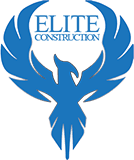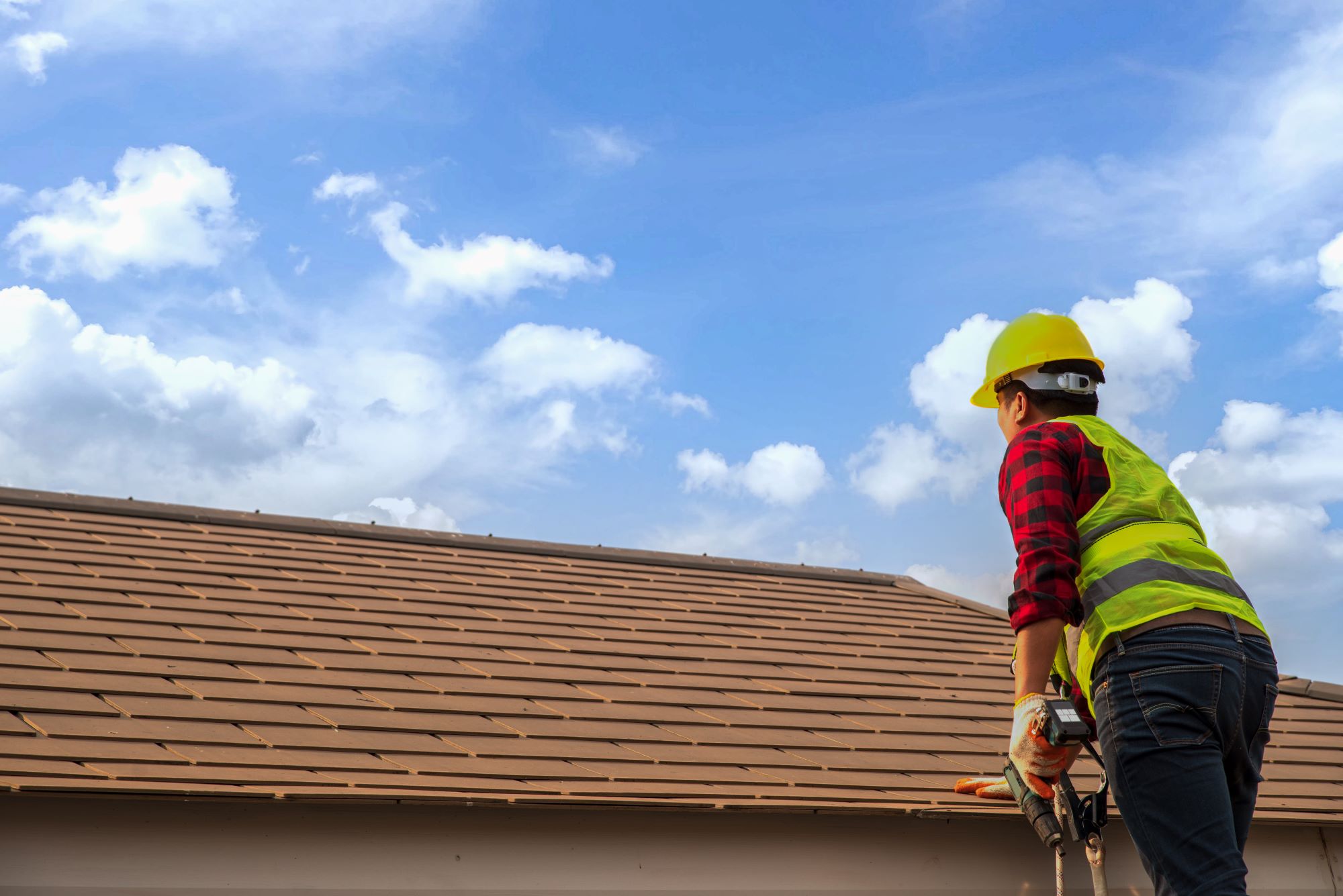Maintaining the integrity of your home’s roof is crucial for ensuring the safety, comfort, and longevity of your living space. Regular inspections are a key part of this maintenance, helping to identify potential issues before they become major problems. This article will explore the importance of roof inspections, the recommended frequency for these checks, and how they relate to roof replacement, roofing services, and new roof installation.
Understanding Roof Inspections
A roof inspection involves a thorough examination of your roof’s condition, identifying any signs of wear and tear, damage, or potential leaks. Professional roofing services use this opportunity to assess whether repair, maintenance or a complete roof replacement is necessary. These inspections are vital for extending the life of your roof and ensuring your home remains protected from the elements.
The Importance of Regular Inspections
Regular roof inspections can prevent minor issues from escalating into significant problems that require costly repairs or even a new roof installation. By identifying and addressing these issues early, homeowners can save money in the long run and ensure their roofs remain in good condition for as long as possible.
Recommended Frequency of Roof Inspections
The frequency of roof inspections can vary based on several factors, including the age of your roof, the materials used, the climate in your area, and the presence of any visible damage or leaks. However, as a general guideline, it is recommended to have your roof inspected:
- At least once a year: This annual check-up can help catch any potential issues early.
- After severe weather events: High winds, hail, or heavy snowfall can cause immediate damage to your roof, making an inspection crucial.
- Before and after winter: In colder climates, inspecting your roof before the winter can identify any issues that need to be fixed to withstand the harsh weather. A post-winter inspection can also reveal any damage caused by snow and ice.
Signs You Need a Roof Inspection Sooner
Certain signs indicate the need for an immediate roof inspection, regardless of your regular schedule. These include:
- Water stains on ceilings or walls
- Visible roof damage, such as missing, cracked, or curled shingles
- Sagging roof sections
- Signs of mold, moss, or algae growth on the roof surface
- Increased energy bills, which may indicate your roof is no longer providing adequate insulation
The Role of Professional Roofing Services
While some homeowners may feel comfortable conducting basic roof inspections themselves, professional roofing services offer the expertise and equipment necessary to conduct a comprehensive assessment. These professionals can identify issues that may not be visible to the untrained eye, provide recommendations for maintenance or repair, and offer roof replacement or installation services if necessary.
The Process of a Professional Roof Inspection
A professional roof inspection typically includes several key components:
- Structural inspection: This assesses the integrity of the roof structure, checking for signs of sagging and ensuring the gutters, soffit, and fascia are in good condition.
- Material inspection: This examines the condition of the roofing materials themselves, looking for signs of wear or damage.
- Interior inspection: This involves checking the attic and interior ceilings for signs of water intrusion, which can indicate leaks.
- Workmanship inspection: This evaluates the quality of installation and any repairs, identifying issues that could lead to leaks or other problems in the future.
The Importance of Maintenance and Repairs
Regular maintenance, guided by the findings of roof inspections, is crucial for extending the lifespan of your roof. This may include cleaning gutters, removing debris, and fixing minor issues before they become major problems. When repairs are necessary, relying on professional roofing services ensures that the work is done correctly and efficiently, preventing future issues.
Deciding Between Repair and Replacement
One of the critical decisions homeowners may face following a roof inspection is whether to repair the existing roof or opt for a complete replacement. Several factors influence this decision, including:
- Age of the roof: If your roof is nearing the end of its expected lifespan, replacement might be more cost-effective than ongoing repairs.
- Extent of damage: Extensive damage across a large portion of the roof often makes replacement a more sensible option.
- Future plans: If you intend to stay in your home for many years, investing in a new roof installation can offer peace of mind and increase your home’s value.
Conclusion
Regular roof inspections are a critical aspect of home maintenance, ensuring the longevity and integrity of your roof. By adhering to the recommended inspection frequency and addressing any issues promptly with the help of professional roofing services, homeowners can avoid costly repairs or the need for a premature roof replacement. Ultimately, taking proactive steps to maintain your roof can save money, enhance your home’s safety, and ensure that your roof remains in excellent condition for years to come.
- Roofing Company Denver CO
- Roofing Company Fort Collins CO
- Roof Installation Denver CO
- Roof Installation Fort Collins CO
- Roof Repair Denver CO
- Metal Roof Installation Denver CO
- Metal Roof Repair Denver CO
- Flat Roof Installation Denver CO
- Flat Roof Repair Denver CO
- Tile Roof Installation Denver CO
- Tile Roof Repair Denver CO
- Commercial Roofing Denver CO
- Roofing Company Littleton CO
- Roofing Company Colorado Springs CO
- Roofing Company Boulder CO
- Roofing Company Arvada CO
- Roof Installation Littleton CO
- Roof Installation Colorado Springs CO
- Roof Installation Boulder CO
- Roof Installation Arvada CO
- Roof Repair Fort Collins CO
- Roof Repair Littleton CO
- Roof Repair Colorado Springs CO
- Roof Repair Boulder CO
- Roof Repair Arvada CO
- Commercial Roofing Fort Collins CO
- Commercial Roofing Colorado Springs CO
- Commercial Roofing Boulder CO
- Roofing Company Longmont CO
- Roof Installation Longmont CO
- Roof Repair Longmont CO
- Metal Roof Installation Longmont CO
- Flat Roof Installation Longmont CO
- Home Remodeling Longmont CO
- Commercial Roofing Longmont CO
- Commercial Roof Replacement Denver CO
- Commercial Roof Replacement Longmont CO
- Commercial Roof Installation Denver CO
- Commercial Roof Installation Longmont CO
- Commercial Roof Company Denver CO
- Commercial Roof Company Longmont CO
- Commercial Roof Contractor Denver CO
- Commercial Roof Contractor Longmont CO
- Window Installation Denver CO
- Window Installation Longmont CO
- Window Contractor Denver CO
- Window Contractor Longmont CO
- Window Replacement Denver CO
- Window Replacement Longmont CO
- Window Installation Company Denver CO
- Window Installation Company Longmont CO

